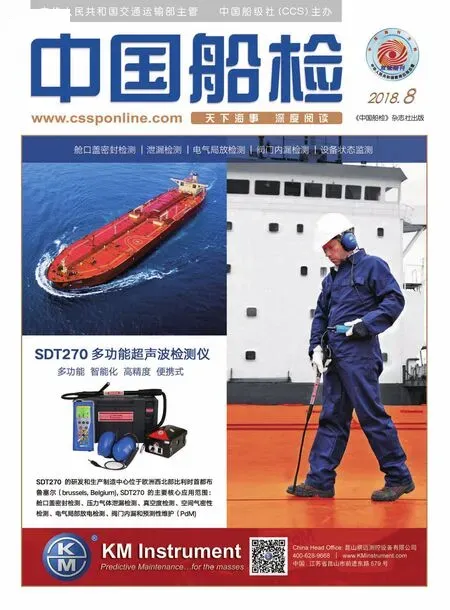Views on the future new shipbuilding market
By Tan Song

In the second half of the year, the international shipbuilding market deserves attention in the following eight aspects.
First, the pace of ship ordering is expected to return to the right track. In the first half of 2018, the shipping market rebounded slightly after hitting the bottom.In June, Clarksons comprehensive freight was$11,418 per day, up 23.8% year-on-year. Since 2018,Clarksons container ship freight index has been rising continuously, creating conditions for the gradual unlock of corresponding orders. In the future, with clean energy becoming the general trend, demand for LNG energy will also increase continuously, this is good for LNG shipping market.
Second, the increase of production of OPEC is conducive to the recovery of oil tanker transportation market. Global economic growth has supported oil prices, and the increase of production of OPEC may help the oil tanker market to revive. The rise in oil prices will lead to a reassessment of asset prices, which is conducive to the destocking of offshore engineering equipment and the suppression of tanker assets.
Third, China-US trade frictions affect shipowners'confidence. If the trade war escalates, it will deliver a severe blow to both the shipping and shipbuilding markets. However, in the short term, shipowners maintain a wait-and-see attitude to shipbuilding because of trade frictions.
Fourth, the trend of de-leveraging may affect domestic shipowners' funds. De-leverage is not over yet. Under the current environment, the financial leasing structure under Chinese-funded banks may be cautious in terms of new ship orders.
Fifth, the peak season of new ship transaction will come after a short period with no environment protection policy.The biggest impact on the current shipping industry will be undoubtedly the 0.5% sulfur limit imposed in the global waters that will begin from 2020. Most shipowners are still waiting to see, and this will be a quiet period.As 2020 is approaching, the economic analysis of shipowners' decision-making will be more reliable. It is expected that 2020 will see a peak season of orders. In addition, ballast water equipment, low-sulfur emissions,etc. will also promote dismantling of fleet, resulting in demand renewal.
Sixth, the ship market hit the bottom for a second time. The downturn of China's economic growth is the embodiment of transformation and upgrading and highquality development. At present, the deleveraging policy also exerts pressure on the short-term development of the economy. In the future, China and US economy may fall at the same time, putting the global shipping and shipbuilding market under pressure again.
Seventh, the impact of comprehensive opening-up on the shipbuilding industry. China has issued a new negative list of foreign investment, canceling the requirement that the design, manufacture and repair of ships (including sub-sections) must be controlled by the Chinese side,and realizing the full opening-up of the shipbuilding industry. In the field of ship design, the conventional ship design capability is relatively abundant and the market competition is relatively sufficient. Foreign-invested enterprises have a large market space in the field of highend ship design, and the Catfish Effect may be reflected in the fully open shipbuilding industry.
Eighth, though Bear Market 2.0 is still continuing, but Recovery 1.0 is in progress. In the second half of 2018,the market will recover slightly. It is expected that the annual transaction will be 85 million DWT, slightly better than the 83 million in 2017. Overcapacity of shipping and shipbuilding industry determine the keynote of game in the market, depressed freight rate and young vessel age structure restrict the rhythm of newbuilding. Global shipbuilding industry also to be pushed into enter the substantive adjustment stage by low level of crude oil price and crisis of offshore engineering market.

